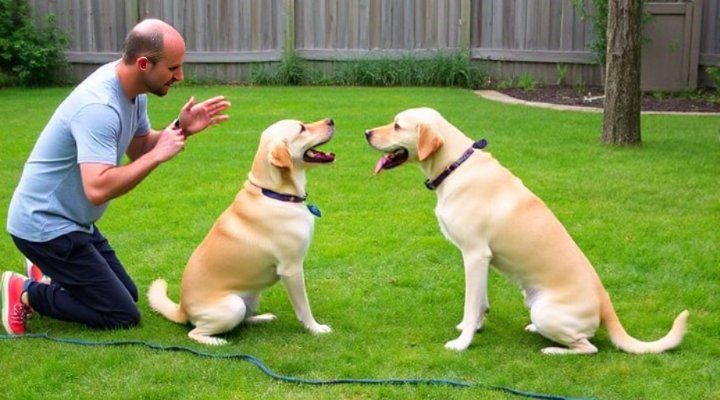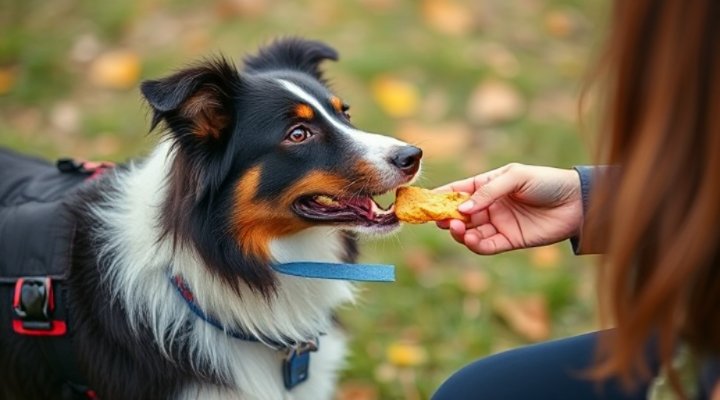Dog obedience training is more than just teaching your pet to sit or stay; it’s about building a strong foundation for a lifelong bond. Whether you’re a first-time dog owner or looking to refine your pet’s skills, understanding the basics of dog obedience training can make all the difference.

Why Dog Obedience Training Matters
Training your dog isn’t just about convenience—it’s about safety, companionship, and mental stimulation. A well-trained dog is less likely to engage in destructive behaviors and more likely to respond to commands in potentially dangerous situations. For example, a simple “stay” command can prevent your dog from running into traffic.
Moreover, dog obedience training strengthens the bond between you and your pet. It builds trust and communication, making everyday interactions smoother and more enjoyable. If you’re struggling with a stubborn pup, check out our guide on how to train a stubborn Husky for tailored advice.

Basic Commands Every Dog Should Know
Start with these fundamental commands to set your dog up for success:
- Sit: The cornerstone of dog obedience training, this command helps control your dog in various situations.
- Stay: Essential for safety, this command keeps your dog in place until released.
- Come: A lifesaver in emergencies, ensuring your dog returns to you on command.
- Leave it: Prevents your dog from picking up harmful objects or food.
For puppies, consistency is key. Our puppy training basics guide offers step-by-step instructions to help your young pet develop good habits early.

Positive Reinforcement: The Gold Standard
Positive reinforcement is the most effective method for dog obedience training. Rewarding good behavior with treats, praise, or play encourages your dog to repeat those actions. Above all, avoid punishment-based techniques, as they can damage your relationship with your pet and lead to anxiety or aggression.
For instance, when teaching the “sit” command, hold a treat above your dog’s nose and move it backward. As their head follows the treat, their bottom will naturally lower. Immediately reward them with the treat and praise. Repeat this process, and soon your dog will associate the action with the command.
If you’re interested in advanced techniques, our article on advanced dog obedience training dives deeper into refining your pet’s skills.

Common Challenges and Solutions
Every dog is unique, and challenges like distraction or stubbornness can arise. Here’s how to tackle them:
- Distractions: Start training in a quiet environment and gradually introduce distractions. For example, practice commands in your backyard before moving to a busy park.
- Stubbornness: Some breeds, like Huskies, require extra patience. Break training into short, fun sessions to keep your dog engaged.
- Inconsistency: Ensure all family members use the same commands and rewards to avoid confusing your pet.
Remember, dog obedience training is a journey, not a destination. Celebrate small victories and enjoy the process of watching your pet grow and learn.
Related Keywords
dog training, basic commands, pet behavior, obedience skills, positive reinforcement, puppy training, advanced dog training, stubborn dog training
